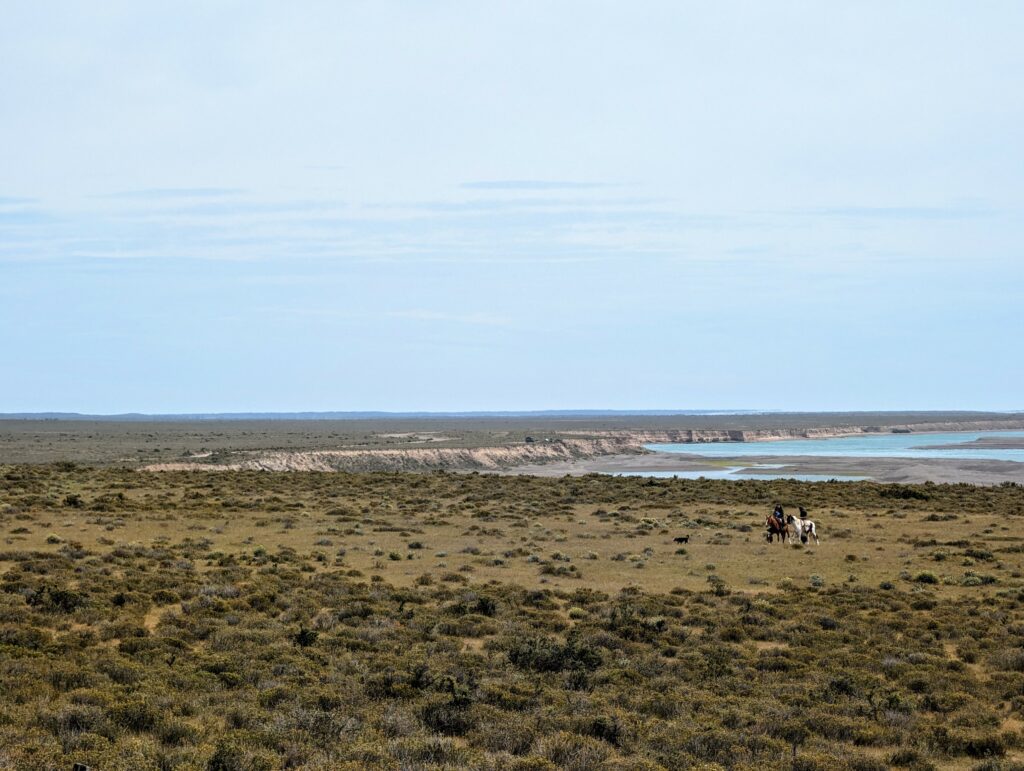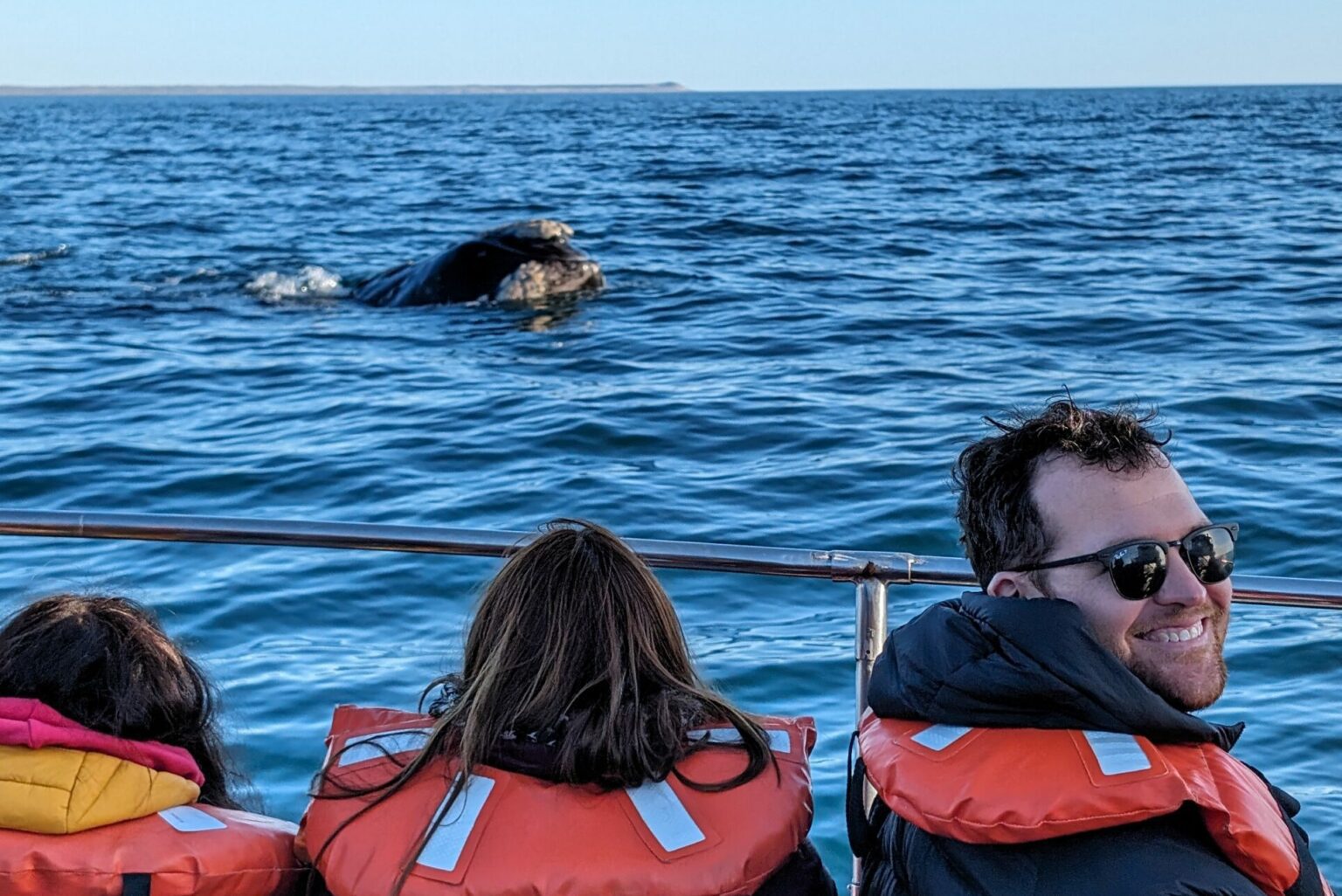This week, we got out of Buenos Aires for a bit and got to explore the Atlantic Patagonia region of the Valdes Peninsula. This area surprised us with some vast openness, diverse wildlife, and an unexpected high tea.
Best Thing I Ate This Week
Afternoon Tea at Casa de Té Galés
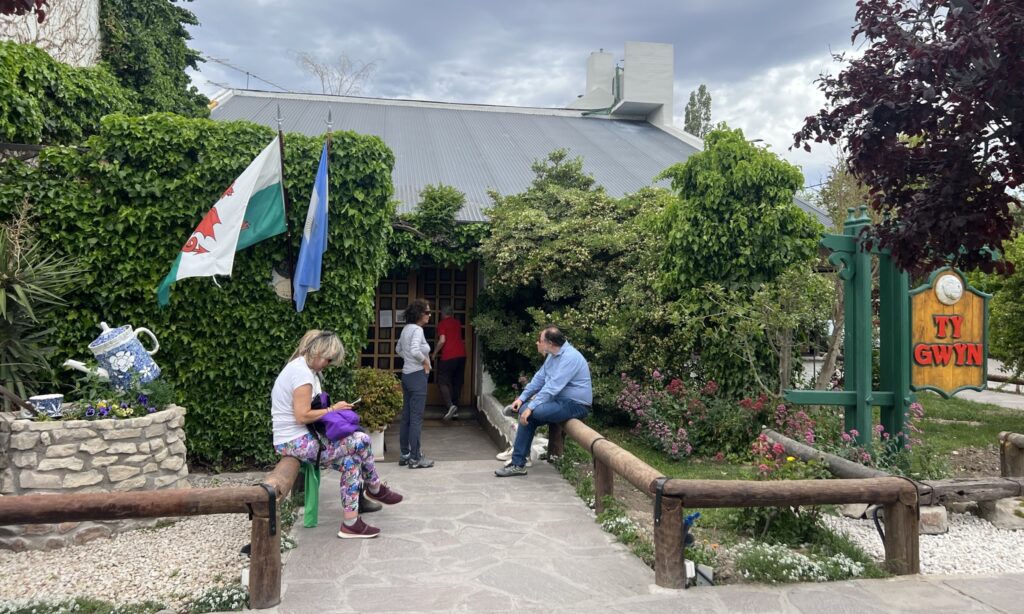
Before we get into the food, we should talk about the town. Gaiman is a small town of around 10,000 people located in the Chubut province of Atlantic Patagonia. In 1865, Welsh settlers arrived and installed aggregation systems from the Chubut River. This made the area strikingly lush with greenery compared to the harsh surrounding terrain. The small town has tea houses that carry on the Welsh tradition of afternoon tea and tortes.
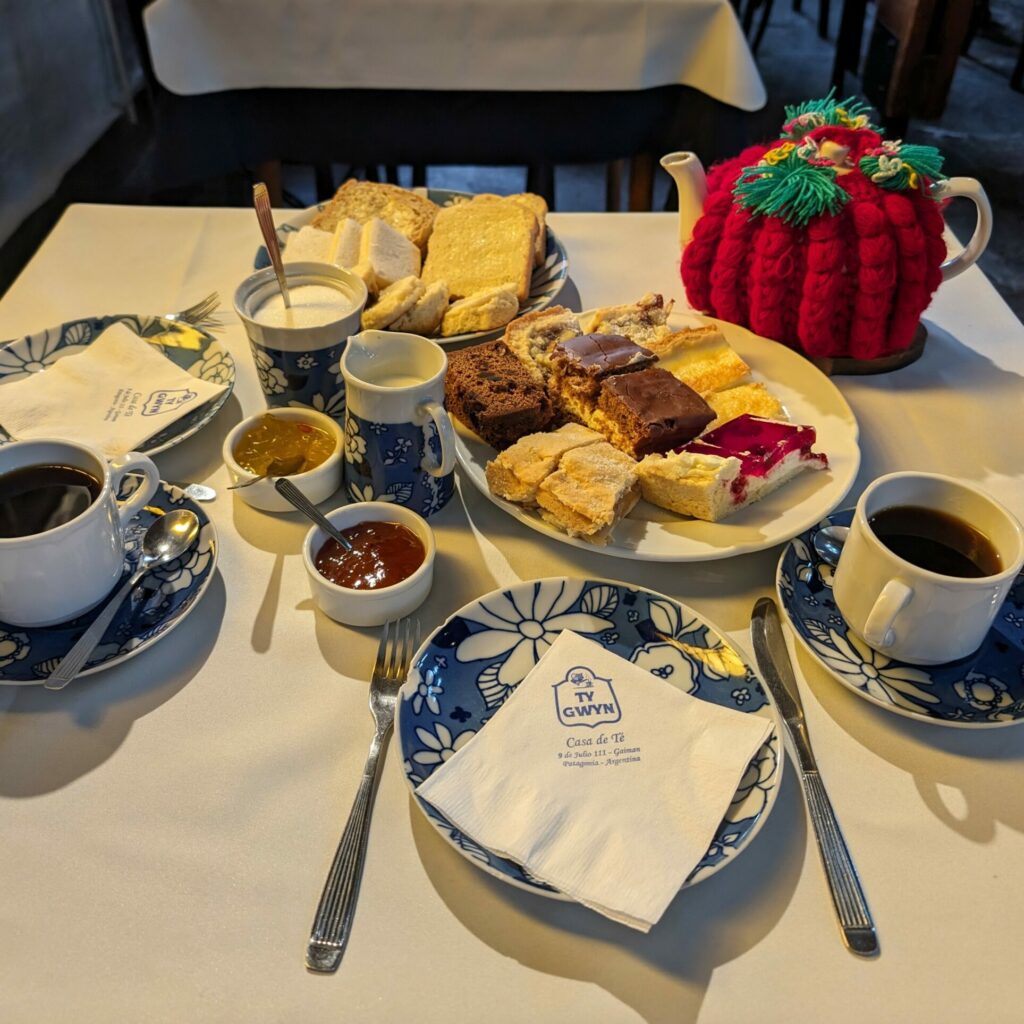
The tea house we decided to go to, Ty Gwyn, had a line forming for its opening at 2:30pm. We were lucky to get a cozy table for 2 in the corner next to a harp. The servers informed us about each savory and sweet delicacy that was prepared from their handed-down recipes. My favorite was a house specialty bread filled with nuts and berries that reminded me of Christmas. We felt temporarily transported to a whole different world. Overall, it was a totally unexpected experience that enhanced a great trip to Atlantic Patagonia.
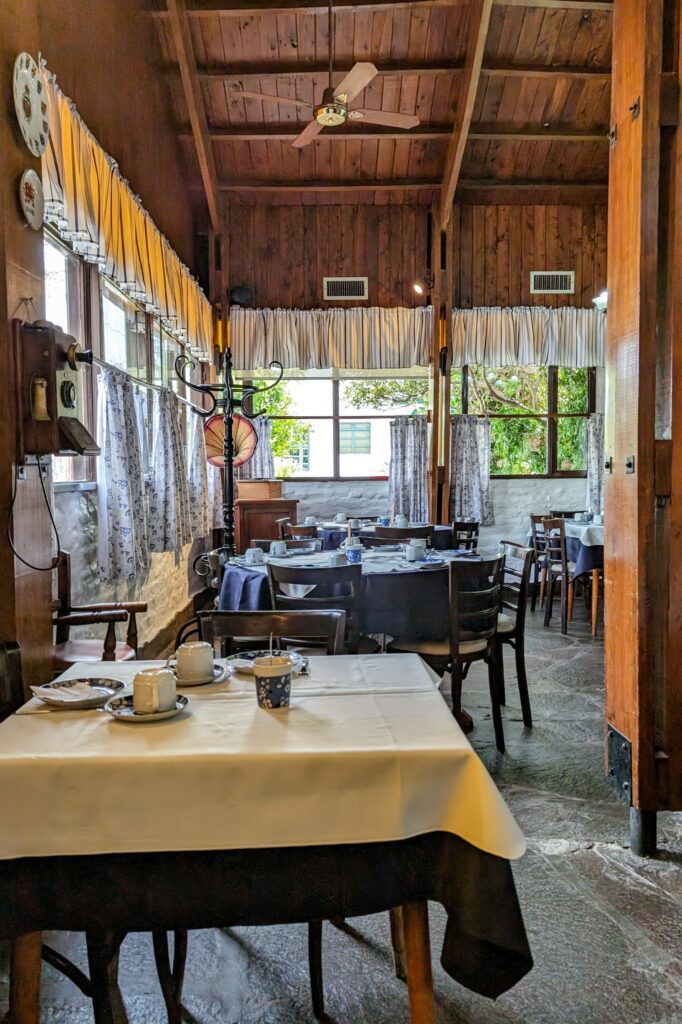
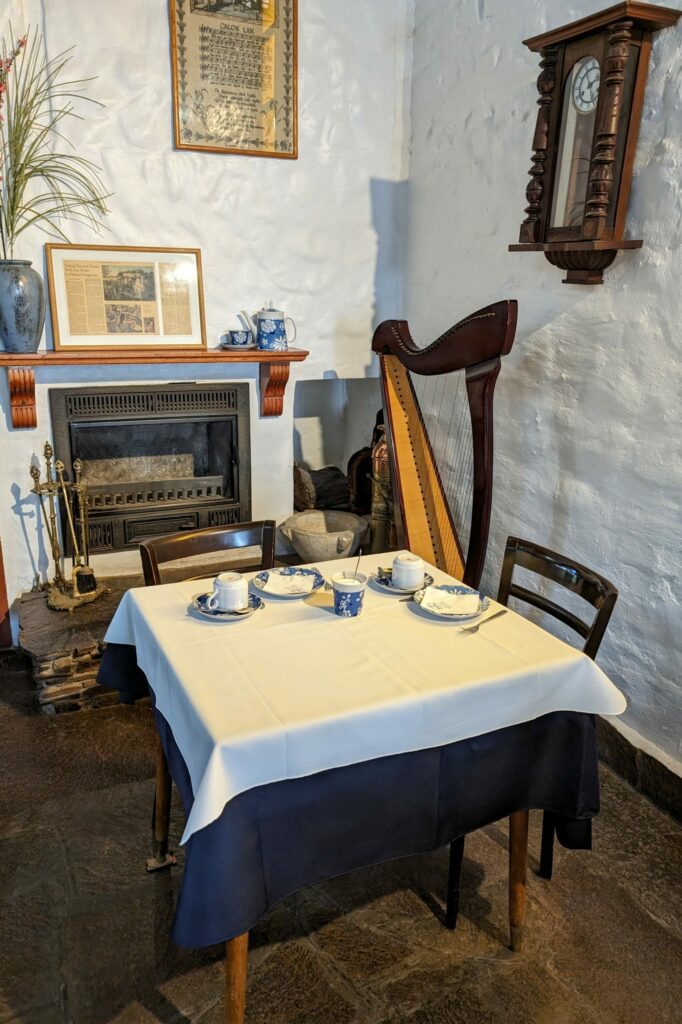
An Interesting Fact I Learned
Extensive wildlife in Atlantic Patagonia - peninsula valdes
The Peninsula Valdes area has 30 orcas that hunt for seals in the Atlantic shores. While visiting Punta Cantor and Punta al Norte on the peninsula, we spent time unsuccessfully scanning the coast. When spotted at these locations, they are typically in packs of five, hunting along the beaches below the viewing platforms. These particular orcas have a unique hunting tactic only found in this region: one member of the pack may actually ram onto the beach to try to snag a seal pup.
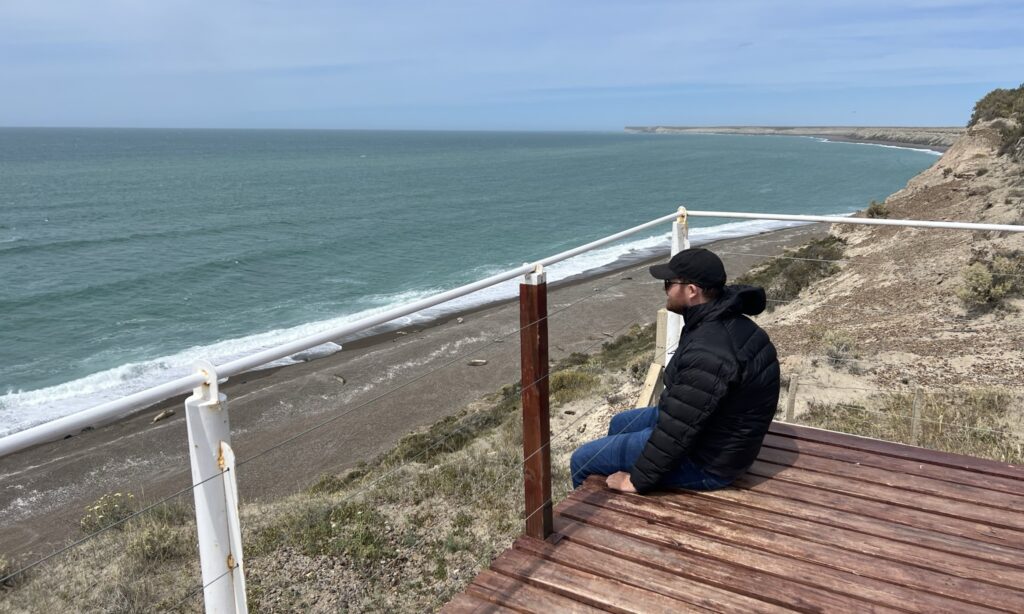
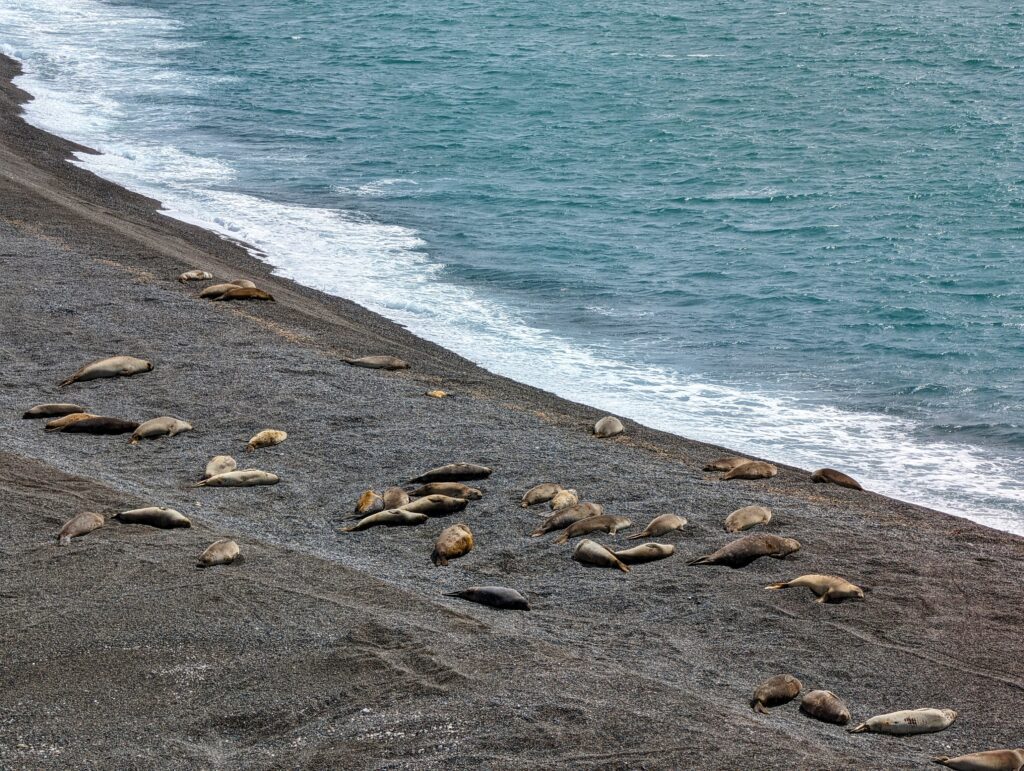
Extensive wildlife in Atlantic Patagonia - Guelfo Nuevo
Each year, over a 1,000 Southern Right Whales come to el Guelfo Nuevo with their calves. The mothers can be longer than 2 buses in length and weigh more than 3 buses. They have the ability to dive up to 40 minutes searching for food.
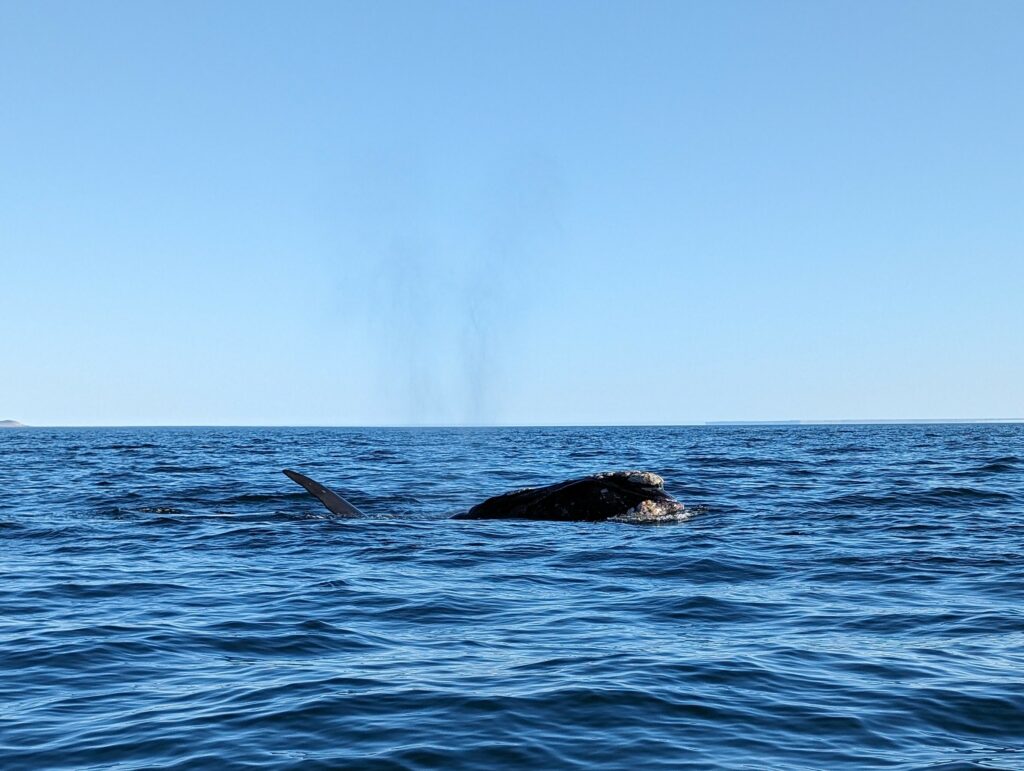
We used the company, Bottazzi, for our avistaje de ballenas (whale watching tour). They really took care to respect the magnificent animals, all while letting them choose to get close enough to interact with the boat. (You can book your own whale watching tour with them here.) On our trip, it was amazing to see a mother and calf playing together only a few feet away. They stayed with us for nearly an hour as the sun set over the Guelfo Nuevo.
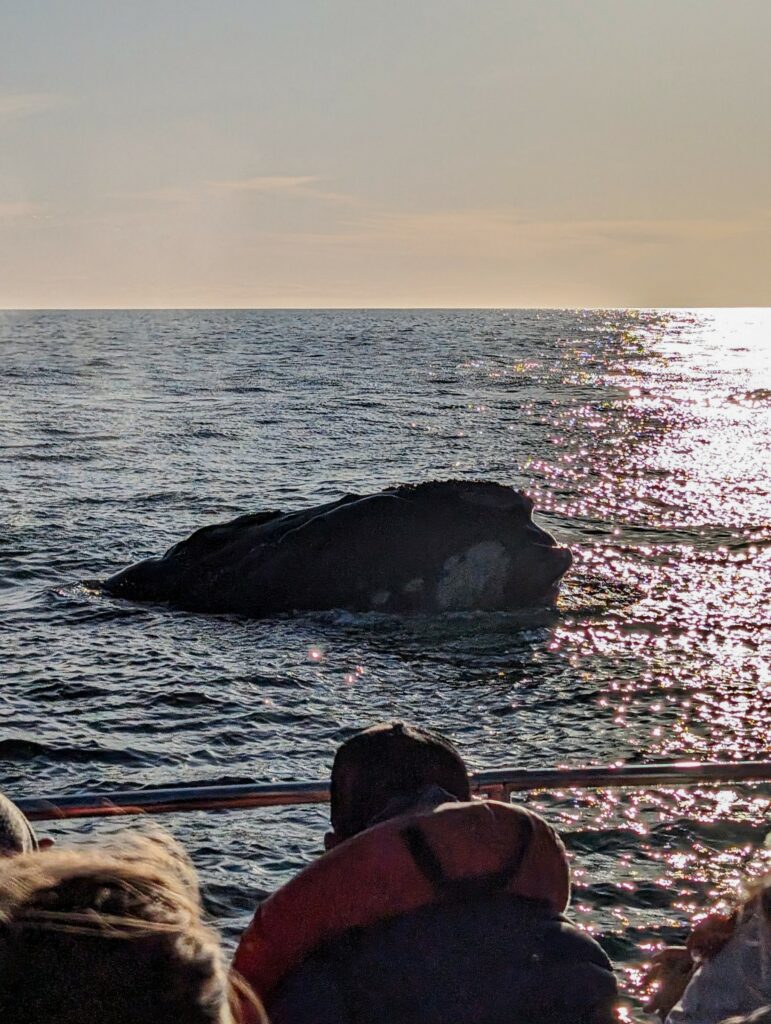
Extensive wildlife in Atlantic Patagonia - Punta tombo
Punta Tombo, in the Atlantic Patagonia, is home to the largest Magellanic Penguin colony in the world. Hundreds of thousands of penguins build their nests there each year. They roam freely on the walking paths, but you are supposed to stay 2 meters away as you walk through the reserve. (You can learn more about visiting them here.) We enjoyed watching the penguins waddle down to the sea and make their unique calls, helping partners identify each other.
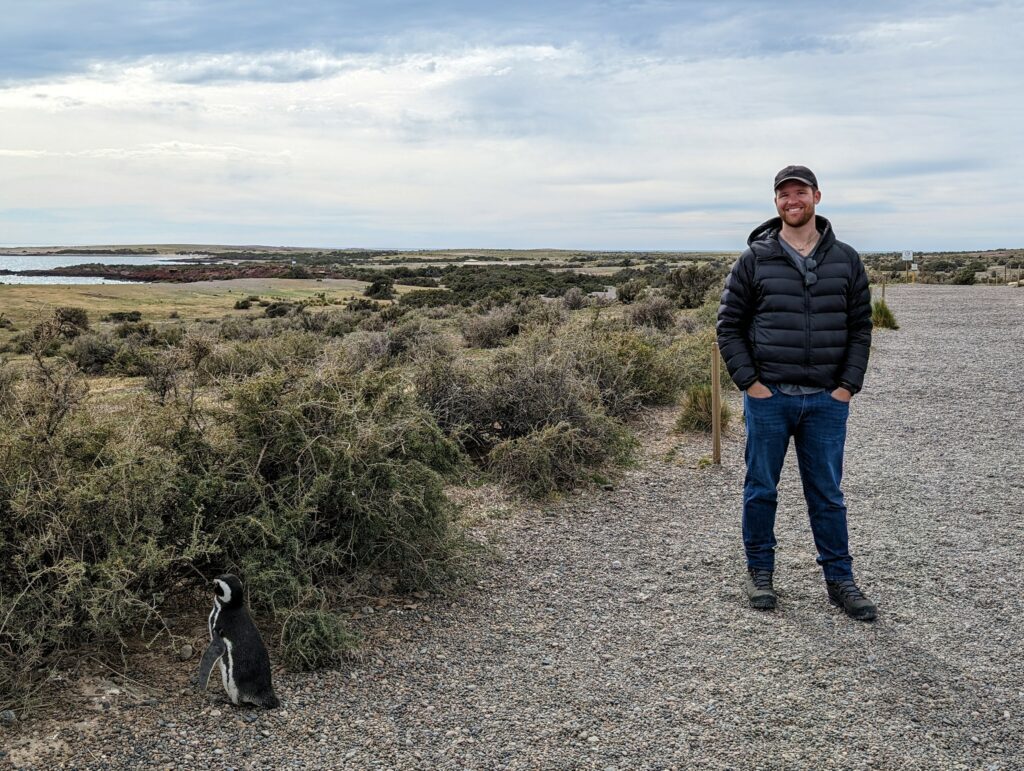
An unexpected site was watching penguin fights, vicious battles over female penguins and their homes. (They mate for life and maintain their home for life.) One particular battle occurred right in front of me on the walking path where I could hear the thuds of the beating.
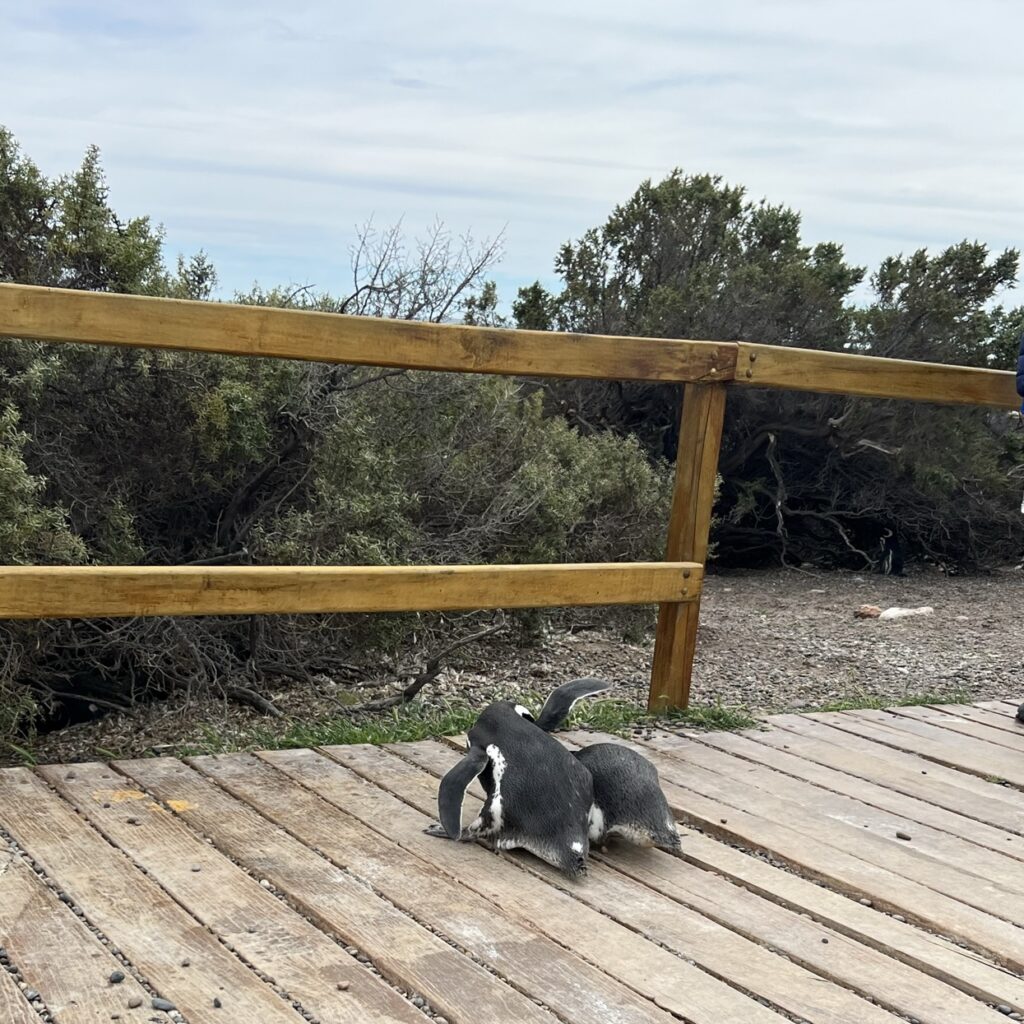
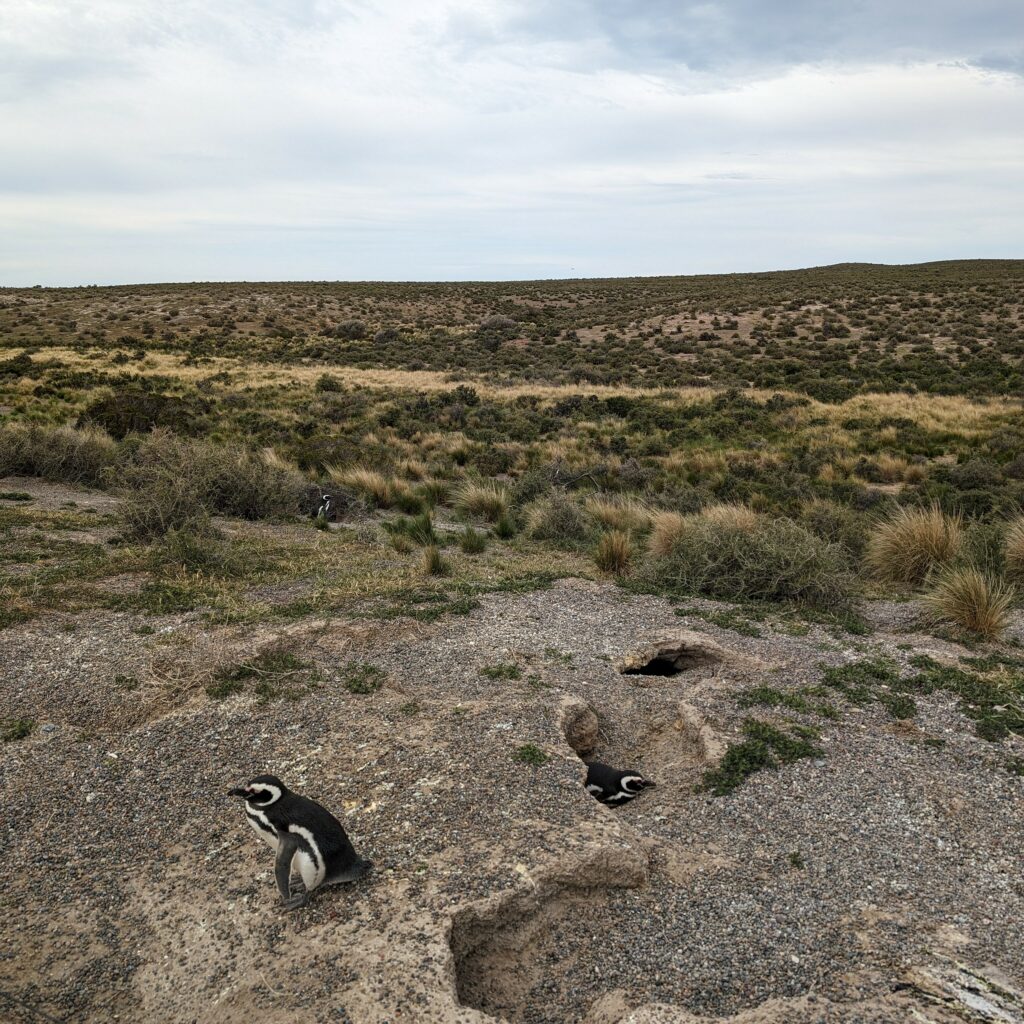
My Travel Tip of the Week
Navigating the Dirt Roads of Peninsula Valdes
Driving on the Valdes Peninsula and in areas of the Atlantic Patagonia was challenging. Most of the roads are gravel dirt roads with varying levels of quality. There are steel grates placed on the roads that require special attention so that you slow down to an adequate speed. Guanacos (similar to llamas) line the sides of the road and many times dart across. Often, we traveled for hours without seeing any cars or passing by anything other than signs for faraway estancias. When you do make it to a destination, many do not have gas stations or cafes to grab food or drinks.
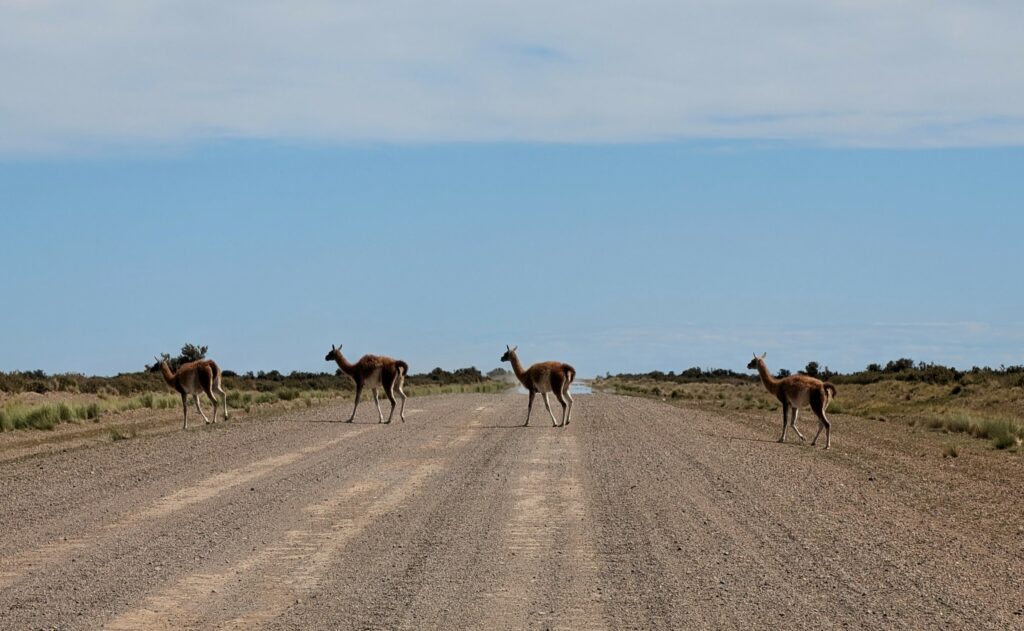
Here are a few tips that we used to help make the trip even more enjoyable:
- It is helpful to download offline maps to navigate around this terrain as cell service will not be available.
- Pack your car with snacks and water supplies to consume them throughout your day.
- Pay careful attention to your surroundings and be mindful of the recommended speed signs as it helps make the ride more pleasant on the uneven terrain.
- Before leaving major towns be sure to stop at a gas station and have an attendant fill your car up with nafta (not diesel).
- Be sure that your car has a spare tire in the event you get a flat and need to change one. We rented our car through Rentar Low Cost and had a great experience. You can read more about that in last weeks post.
Doing all of this will allow you to drive for hours (we did over 16 hours!) and see the beauty of nature in this special region.
My Additional Anecdote This Week
The vastness of patagonia is remarkable
Flying into Trelew Airport took us directly over Peninsula Valdes on a clear and sunny day. Looking out of the window of the plane, the deep blue Atlantic Ocean sparkled in comparison to the seemingly barren Peninsula Valdes. It was remarkable to see nothing for miles, other than small shrubbery and the occasional dirt road cutting through the wilderness. It was a reminder about the great open spaces that exist in contrast to the cities I have spent most of my life living in.
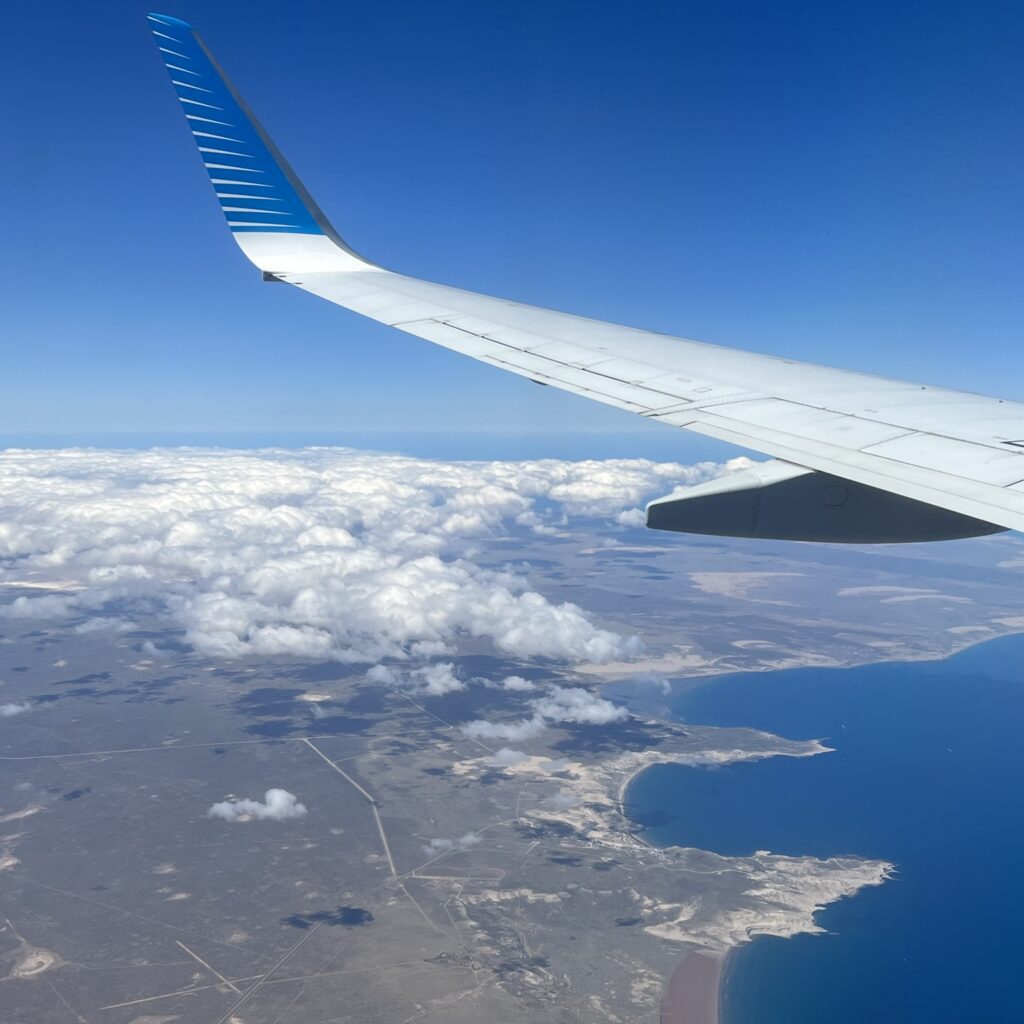
After spending four days driving around Atlantic Patagonia, it was striking to see the level of life that exists in such a barren space. The waters were filled with seals, penguins, and whales. The land had guanacos, sheep, foxes, and pichis. Always flying above were hawks, birds, and seagulls. We are excited to return to explore Southern Patagonia and see more of the impressive natural beauty there that stretches for miles around.
